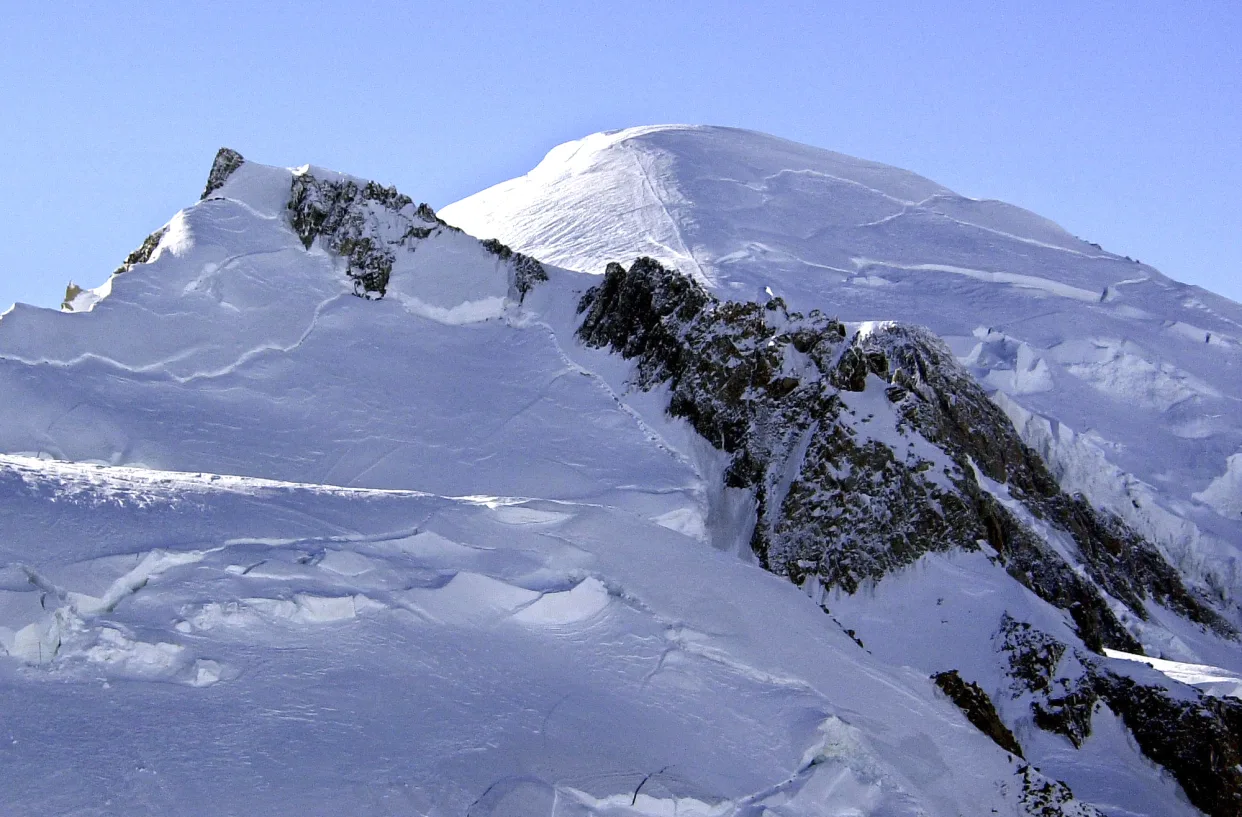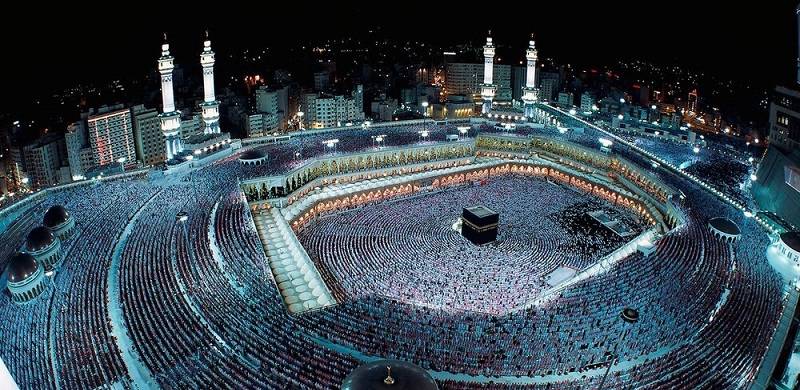In a tragic development, two Italian and two South Korean climbers have been found dead close to the summit of Mont Blanc, Europe’s highest peak. Their untimely deaths serve as a stark reminder of the dangers of high-altitude climbing, even for the most experienced mountaineers. This heartbreaking incident has cast a somber cloud over the mountaineering community worldwide.
The Search and Discovery
The bodies were discovered by rescue teams after an intense search operation. The climbers, whose identities have not been publicly revealed yet, had embarked on their journey a few days prior. The search was initiated when they failed to return at the expected time. Mountain rescue services deployed helicopters to scour the rugged terrain, with severe weather conditions hampering initial efforts.
Authorities report that the group was found on a remote and challenging part of the mountain. Though specific details of what caused their deaths have not been confirmed, preliminary indications suggest that sudden weather changes or a potential fall could have contributed to the tragedy. Experts point out that this area near the summit of Mont Blanc is notorious for its unpredictable weather patterns and treacherous terrain, even during the summer season.
Mont Blanc’s Perils
Mont Blanc, standing tall at 4,809 meters (15,777 feet), has long been a favorite for climbers. However, its appeal is matched by its dangers. Mont Blanc claims lives almost every year due to factors such as avalanches, sudden storms, and unpredictable rock falls. Many climbers underestimate the mountain, assuming that summer conditions make it less dangerous, but even in favorable weather, the mountain’s conditions can change dramatically within minutes.
Several mountain experts stress the importance of adequate preparation, experience, and awareness before attempting a climb. The mountain, often referred to as “La Dame Blanche” or “The White Lady,” demands a high level of respect and preparation from those who dare challenge her. Unfortunately, even experienced climbers are not immune to the inherent risks.
International Mourning
The deaths of the two Italian and two South Korean climbers have sparked an outpouring of grief across both countries and the broader mountaineering community. Italy and South Korea have a deep history of mountaineering, and many climbers from both nations take on challenging peaks worldwide. Their passing has led to national mourning in both countries, with social media flooded with tributes from fellow climbers, friends, and family.
The Italian Alpine Club issued a statement expressing its condolences to the families of the victims, reiterating the importance of safety and preparedness in mountaineering. Similarly, South Korea’s mountaineering federation mourned the loss of their climbers, emphasizing that the nation has a long tradition of producing skilled mountaineers who have often attempted some of the world’s highest peaks.
Rising Mountaineering Dangers
Mountaineering has always been a risky endeavor, but the dangers appear to be increasing due to the effects of climate change. As temperatures rise, glaciers are melting, increasing the likelihood of rockfalls and avalanches. The permafrost that binds rocks together at high altitudes is also deteriorating, making certain routes more unstable than ever before.
Mont Blanc, in particular, has been affected by these changes. In recent years, local authorities have taken steps to limit the number of climbers attempting to summit the mountain, particularly during the summer, to reduce accidents. Despite these efforts, Mont Blanc continues to be one of the most dangerous mountains in the world, with dozens of deaths reported annually.
The Future of Climbing on Mont Blanc
With climate change altering the mountain’s landscape and increasing the risks, experts suggest that the future of mountaineering on Mont Blanc may need to be reevaluated. Stricter regulations and improved safety protocols could help reduce the number of fatalities, but the unpredictable nature of the mountain itself will always pose a challenge.
Many argue that climbers must take personal responsibility for their safety by ensuring they are adequately prepared and familiar with the dangers of the route. In light of recent events, it is likely that authorities will consider implementing even stricter measures to protect those who seek the thrill of summiting Mont Blanc.
Final Farewell
The four climbers who perished on Mont Blanc were passionate about their pursuit, taking on one of the most formidable mountains in the world. Their tragic deaths serve as a stark reminder of the risks associated with mountaineering, even for the most seasoned veterans. As investigations continue into the exact cause of the accident, the international climbing community will undoubtedly reflect on the fragility of life in such extreme environments.
In the words of one Italian rescue worker, “Mont Blanc demands respect and humility. It is a mountain that can be beautiful and deadly, often in the same moment.” The lives lost will not be forgotten by those who knew and loved the climbers, and their passion for adventure will live on in the memories of the mountaineering world.
For more in-depth stories and analysis on such topics, visit Digital Digest, your source for comprehensive digital news.







